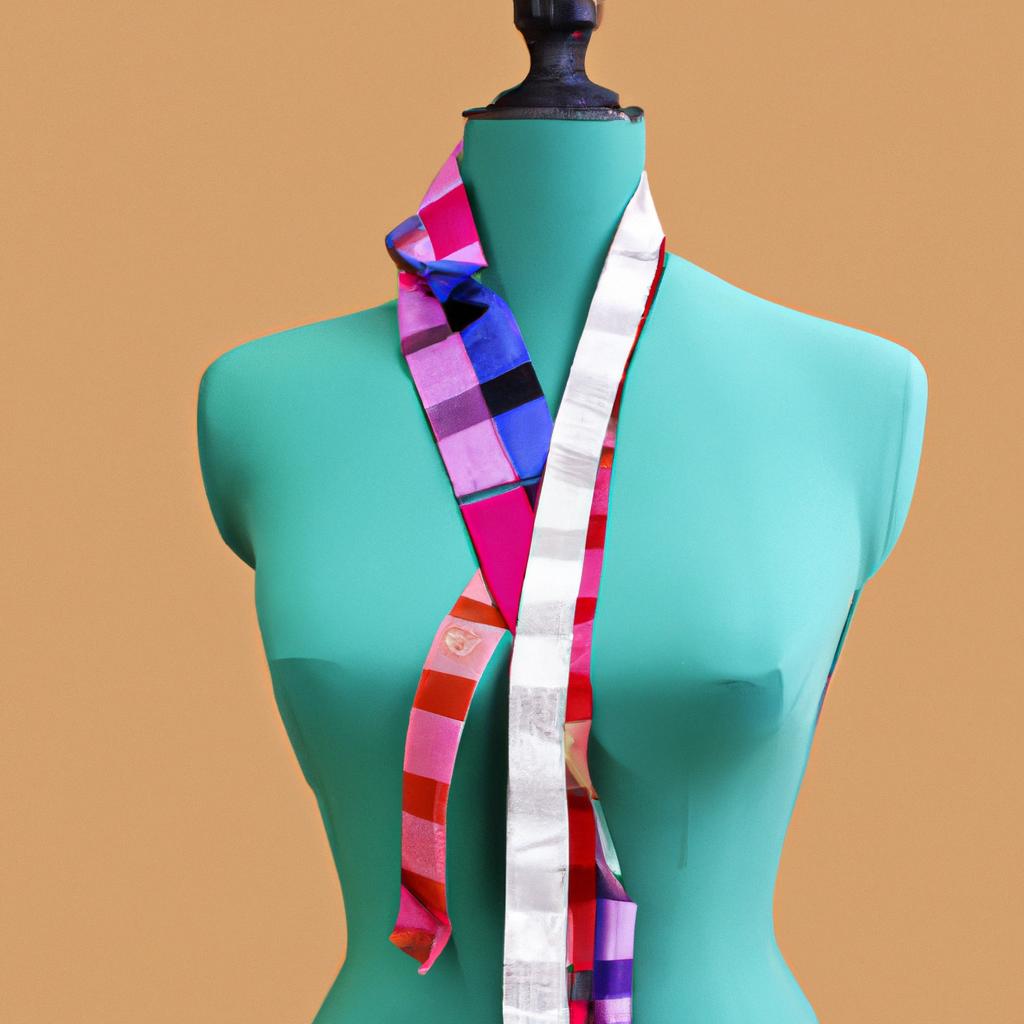
Introduction: Why a Well-Tailored Fit Matters
Welcome to our guide on “Tailoring Made Easy: Tips for a Perfect Fit.” We believe that a well-tailored fit is crucial for any wardrobe, regardless of your personal style or budget. Not only does it make you look more put together and polished, but it also enhances your overall appearance and boosts your confidence.
Whether you prefer a slim or relaxed fit, tailoring plays a significant role in achieving the perfect look. It’s not just about having clothes that fit, but rather about having clothes that fit you specifically. Each body is unique, and understanding how to tailor garments to your measurements can make all the difference in how your clothes look and feel on you.
We know that the word “tailoring” can be intimidating and seem like a luxury reserved for celebrities and high-end fashionistas. But fear not, with our helpful tips and tricks, anyone can achieve a perfectly tailored fit without breaking the bank.
In this guide, we will cover everything you need to know about tailoring, from understanding measurements to common alterations and even DIY techniques. By the end, you’ll have the knowledge and confidence to transform any garment into a perfect fit for your body. So let’s get started!
Understanding Measurements
When it comes to tailoring, accurate measurements are crucial for achieving a perfect fit. It’s important to remember that every body is unique, so understanding your own measurements is key to getting the best results from your tailor.
- Bust/Chest: This is the measurement around the fullest part of your chest. When taking this measurement, make sure you’re wearing a well-fitted bra or supportive undergarment.
- Waist: Measure around the narrowest part of your waist. For most people, this is typically right above the navel.
- Hips: Measure around the fullest part of your hips, typically around the widest point of your buttocks.
- Inseam: This is the measurement from your crotch to the bottom of your ankle. To get an accurate measurement, it’s best to have someone help you, as it can be difficult to measure on your own.
- Sleeve Length: Measure from the top of your shoulder to your wrist. Be sure to keep your arm relaxed and slightly bent while taking this measurement.
It’s important to keep in mind that these are just a few of the key measurements to consider when tailoring garments. Depending on the type of garment and your specific body shape, there may be other measurements to take into account.
To ensure the most accurate measurements, it’s best to wear the undergarments or shapewear that you would typically wear with the garment being tailored. This will help give a more realistic idea of how the garment will fit on your body.
If you’re unsure about how to take measurements on your own, don’t hesitate to ask a friend or a professional tailor for assistance. It’s always better to have accurate measurements from the start to avoid any potential issues during the tailoring process.
Choosing the Right Tailor
Finding the perfect tailor for your needs is an important step in achieving a well-tailored fit. Here are some factors to consider:
- Type of tailor: There are different types of tailors, such as custom tailors, alteration specialists, and ready-to-wear tailors. Each has their own specialties, so it’s important to choose one that aligns with your tailoring needs.
- Experience and expertise: Look for a tailor with a proven track record of quality work and satisfied customers. They should also have experience in the type of garment you want tailored.
- Recommendations: Ask friends, family, or colleagues for recommendations if they have had a positive experience with a tailor.
- Portfolio: Ask to see examples of their work or their portfolio. This will give you a better idea of their skills and style.
- Communication: A good tailor should be able to communicate clearly and listen to your preferences. They should also be willing to answer any questions you have.
- Red flags: Be wary of tailors who promise a quick turnaround time or offer very low prices. Quality tailoring takes time and skill, so beware of shortcuts.
Remember, it’s okay to shop around and find the best tailor for your needs. Don’t be afraid to ask questions and trust your instincts when it comes to choosing a tailor. A good tailor can make all the difference in achieving a perfect fit for your garments.
Common Alterations: Achieving the Perfect Fit
When it comes to achieving a well-tailored fit, alterations are often necessary. But fear not, these adjustments can truly transform the way your clothes look and feel on your body. Here are some of the most common alterations for pants, shirts, jackets, and dresses, and how they can impact the fit and silhouette of your garment.
- Pants: Whether it’s jeans, slacks, or dress pants, hemming is one of the most common alterations for pants. This simply involves shortening the length of the pant legs to hit at the right spot on your legs. This can make a huge difference in the overall look of your pants, creating a clean and polished appearance.
- Shirts: For button-down shirts, it’s important to ensure that the shirt fits properly across your shoulders. If the shoulders are too wide, the shirt will look baggy and ill-fitting. A tailor can take in the shoulder seams to create a more fitted and flattering look. Additionally, for those with larger busts, getting darts added to the back of the shirt can also help create a better fit.
- Jackets: When it comes to jackets, sleeve length is key. A tailor can easily shorten or lengthen sleeves to hit at the right point on your wrist. They can also adjust the shoulder width and take in any excess fabric around the waist, creating a more tailored and streamlined look.
- Dresses: Similar to shirts, dresses often require adjustments in the shoulder area for a better fit. In addition, hemlines can be shortened or lengthened to hit at the most flattering part of your legs. For dresses with more structure, like formal gowns, a tailor can take in or let out seams to create the perfect fit for your body.
By understanding and utilizing these common alterations, you can achieve a perfect fit for all of your clothing pieces. Remember, every body is unique, and alterations are necessary to create a truly tailored and customized look. Don’t be afraid to consult with a professional tailor for their expertise and guidance in achieving your desired fit and silhouette.
DIY Tailoring Tips: For Those Who Prefer to Do Their Own Tailoring
If you enjoy crafting your own wardrobe and want to take control of the tailoring process, there are a few key techniques and tools you should know about to ensure successful alterations.
- Invest in a good pair of fabric scissors: These specialized scissors are designed to cut through different types of fabric with precision, making them essential for DIY tailoring.
- Use a seam ripper: This handy tool allows you to remove stitches without causing damage to the fabric, making alterations easier and more precise.
- Practice on scrap fabric first: Before attempting alterations on your clothing, it’s a good idea to practice on scrap fabric first to get comfortable with the techniques and tools.
- Start with simple alterations: It’s best to start with basic alterations such as hemming pants or taking in a shirt before moving on to more complex alterations like sleeves or waist adjustments.
- Take accurate measurements: Just like a professional tailor, accurate measurements are key to achieving a perfect fit. Use a measuring tape to take precise measurements and compare them to size charts for the best results.
- Learn basic sewing techniques: Knowing how to sew a straight stitch and a backstitch are essential for DIY tailoring. You can find tutorials online or consider taking a sewing class to learn these skills.
Remember, practice makes perfect when it comes to DIY tailoring. Don’t be discouraged if your first few attempts don’t turn out perfectly. Keep practicing and you’ll soon master the art of DIY tailoring.
Troubleshooting: Addressing Common Tailoring Issues
Despite careful measurement taking and expert tailoring, there are some common issues that may arise during the tailoring process. These can include shrinkage, fabric limitations, or unexpected fit problems. Here are some tips for troubleshooting these issues and ensuring a perfect fit.
- Shrinkage: If a garment has shrunk after washing, it may be possible to still achieve a good fit through alterations. Consider letting out seams or adding fabric panels to expand the garment. It’s also important to follow the care instructions on clothing labels to prevent shrinkage in the first place.
- Fabric Limitations: Not all fabrics are suitable for all types of alterations. For example, certain fabrics may be difficult to hem or take in without ruining the overall appearance. It’s important to discuss fabric limitations with your tailor before proceeding with any alterations.
- Fit Problems: Sometimes, even with accurate measurements, a garment may still not fit quite right. In this case, it’s important to communicate with your tailor about the specific fit issues you’re experiencing. They may be able to make adjustments or suggest alternative alterations to achieve a better fit.
Remember, tailoring is not an exact science and it may take some trial and error to achieve the perfect fit. Don’t be afraid to communicate openly with your tailor and ask questions throughout the process. With patience and persistence, you can achieve a well-tailored fit that will elevate your entire wardrobe.
comments: 0

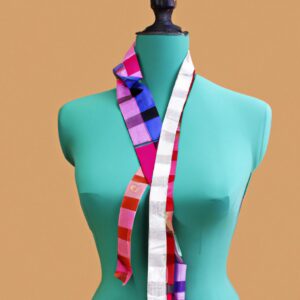
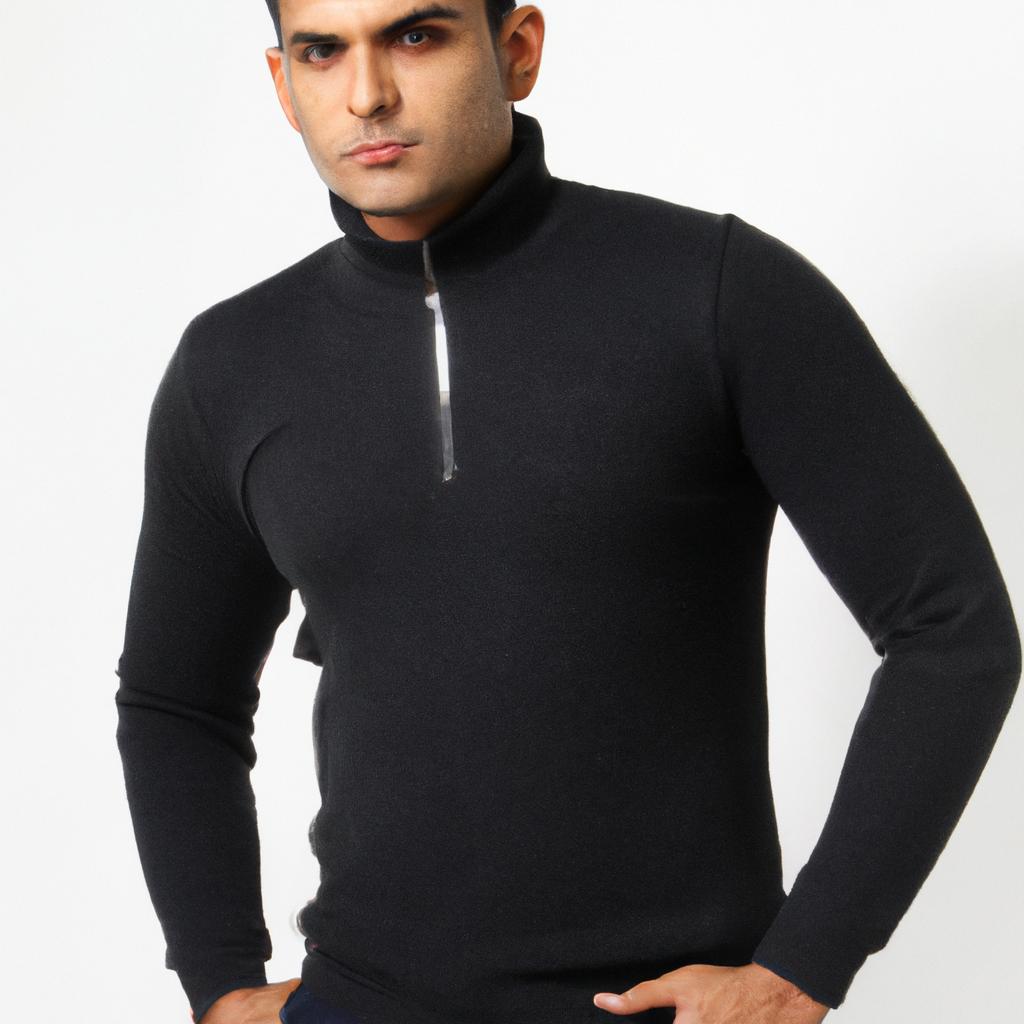 Elevate Your Style: Mastering Understated Elegance for Men – A Guide
Elevate Your Style: Mastering Understated Elegance for Men – A Guide 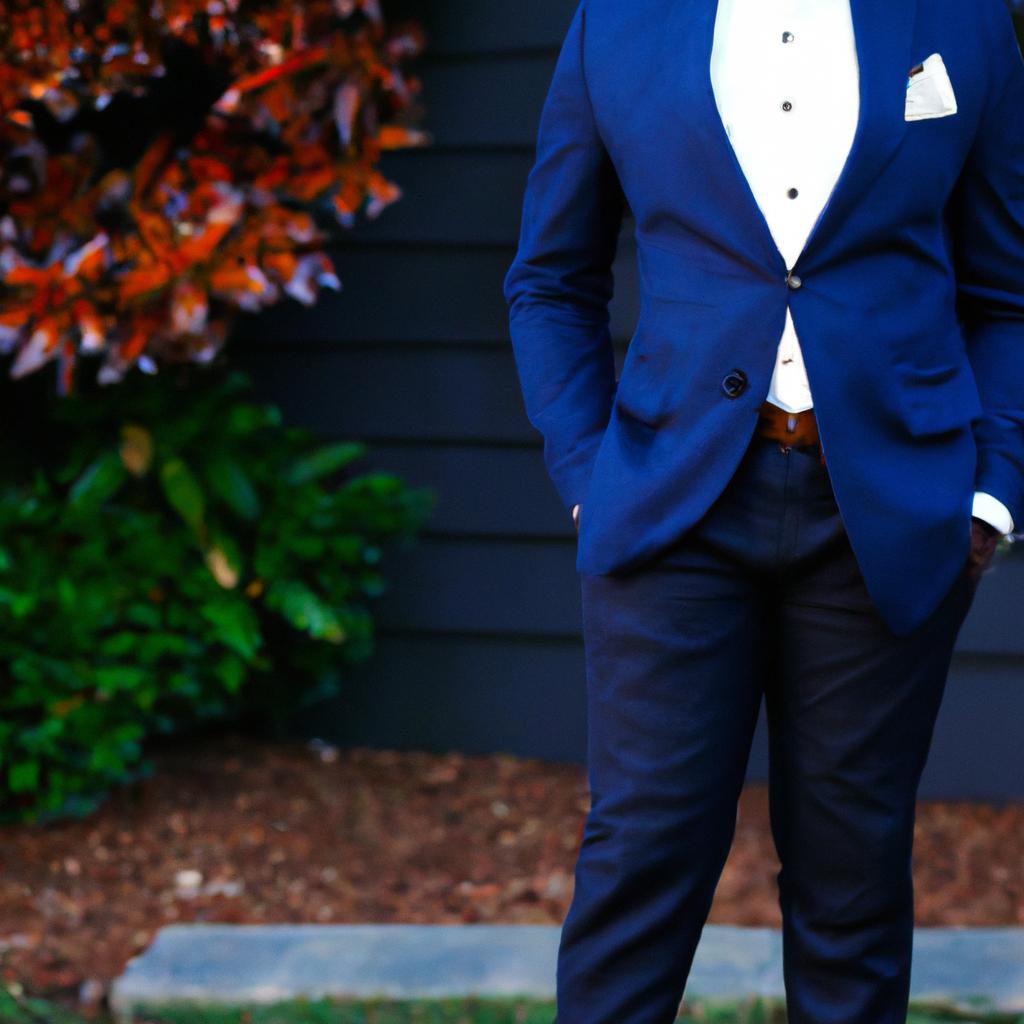 Elevate Your Style with These Menswear Must-Haves – Essential Wardrobe Pieces Every Man Needs
Elevate Your Style with These Menswear Must-Haves – Essential Wardrobe Pieces Every Man Needs  VALUE!:excerptstartDiscover the captivating story of sneakers and their influence on fashion. Learn how to make this art form a part of your personal style
VALUE!:excerptstartDiscover the captivating story of sneakers and their influence on fashion. Learn how to make this art form a part of your personal style 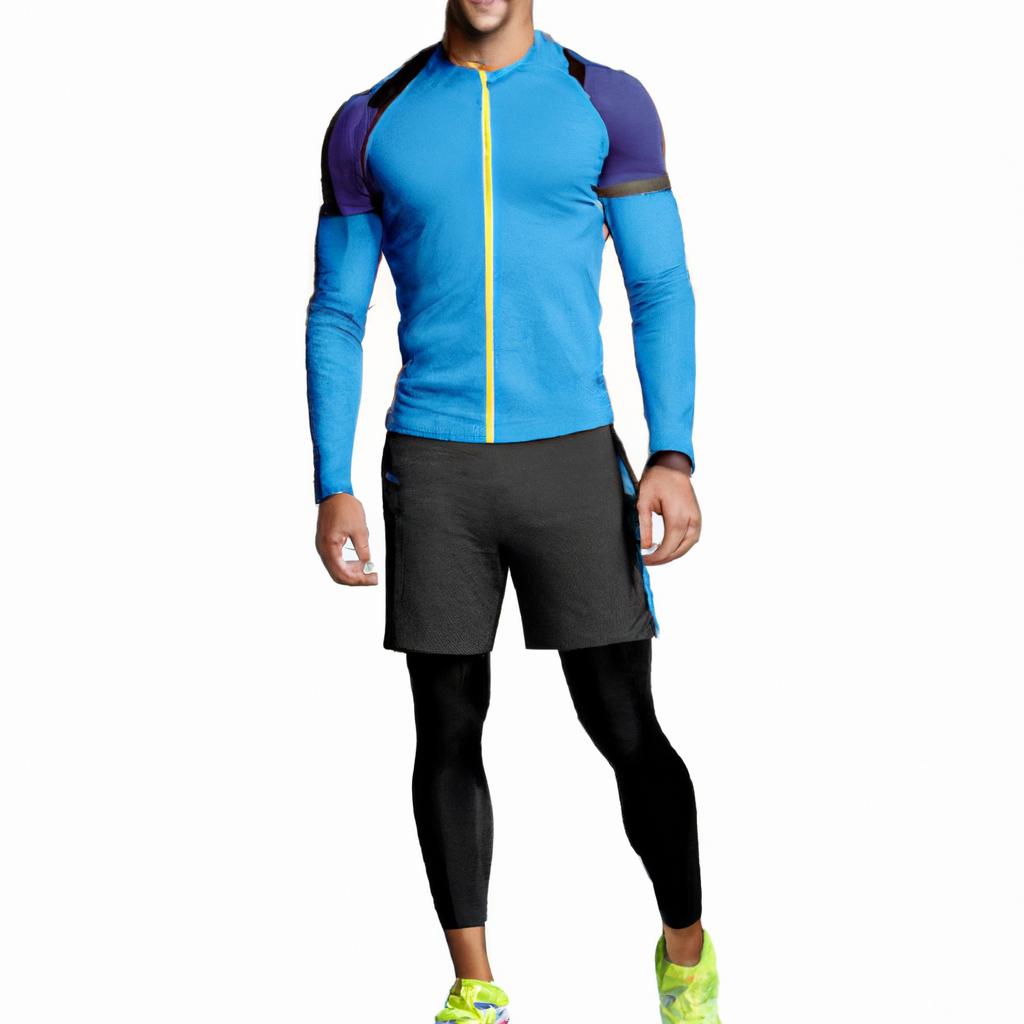 Unleashing the Power of Fashion for Athletes: Striking a Balance Between Performance and Style
Unleashing the Power of Fashion for Athletes: Striking a Balance Between Performance and Style 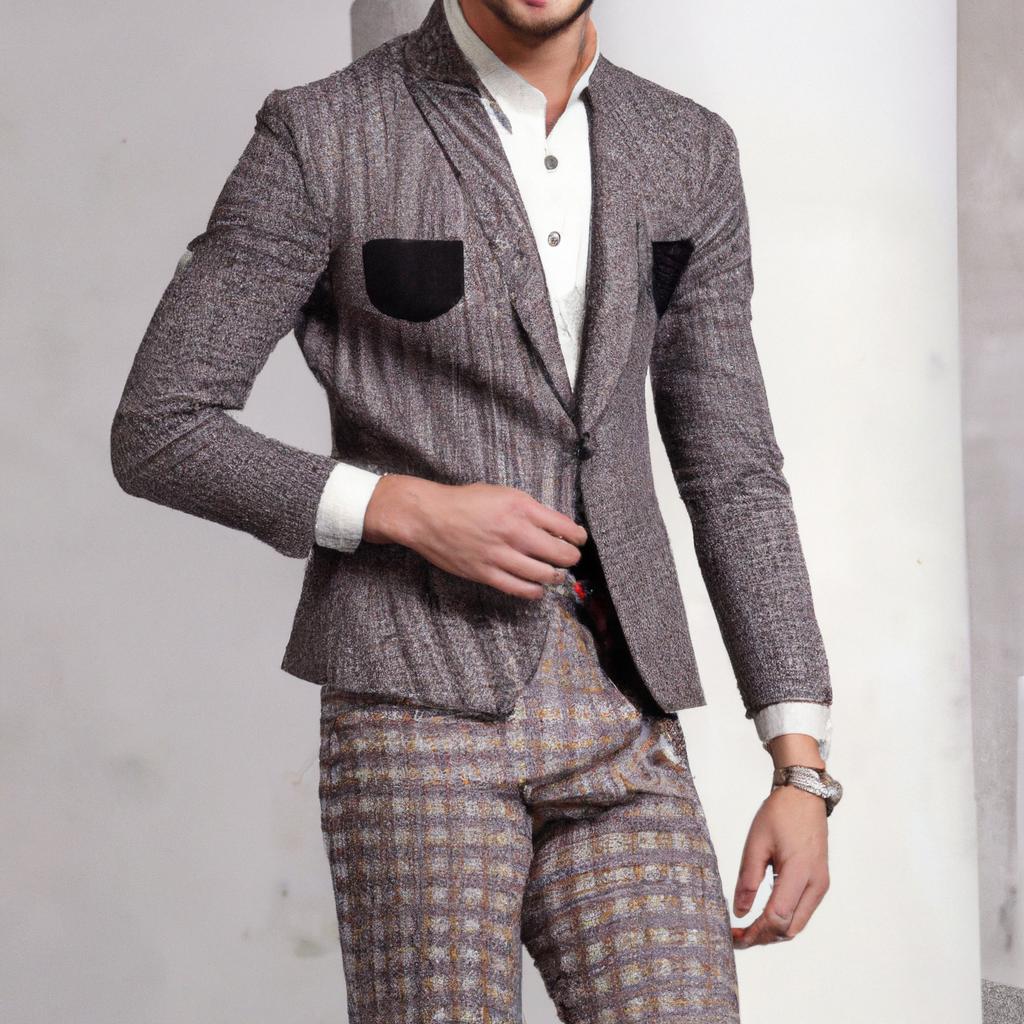 The Renaissance of Vintage Menswear: Combining Retro Styles with a Modern Edge
The Renaissance of Vintage Menswear: Combining Retro Styles with a Modern Edge 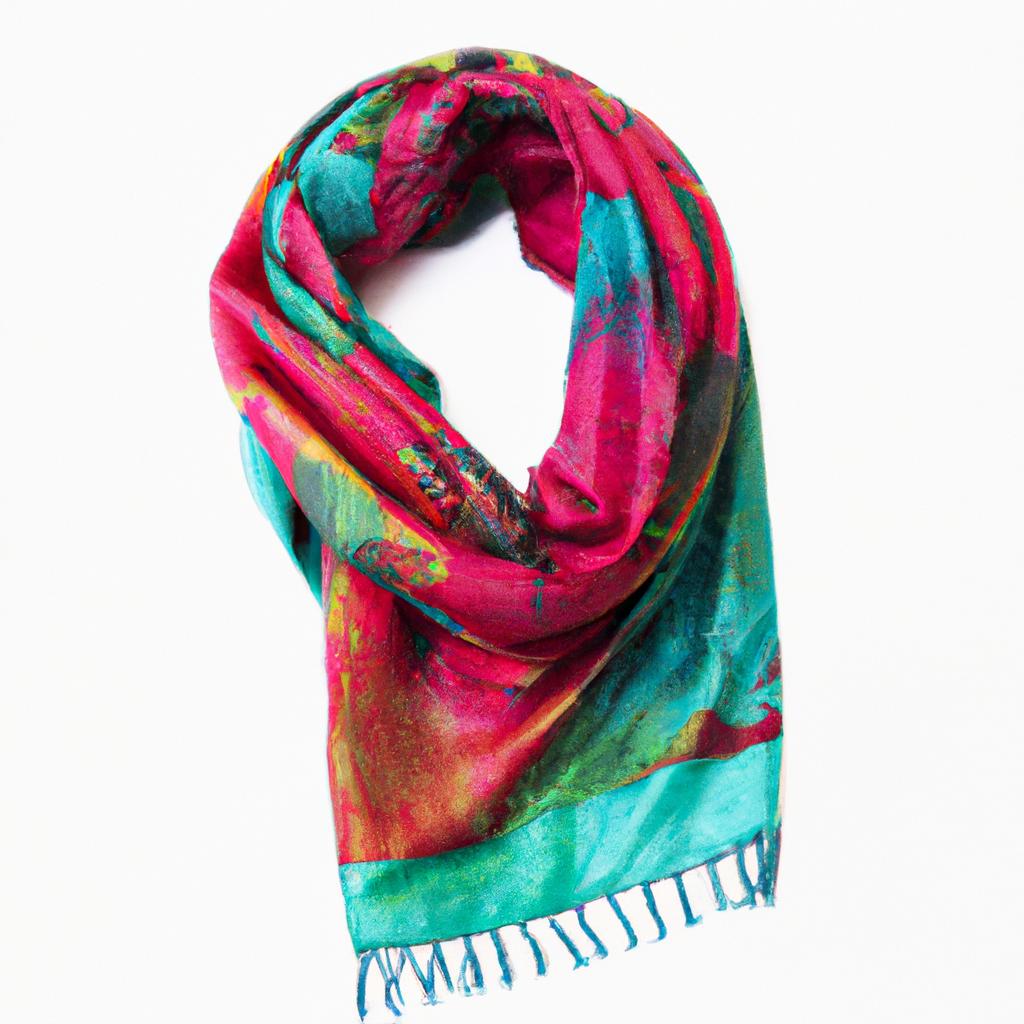 Age is Just a Number: How Fashion Transcends All Generations
Age is Just a Number: How Fashion Transcends All Generations  Revolutionizing Fashion: How Technology is Shaping the Industry Today
Revolutionizing Fashion: How Technology is Shaping the Industry Today  From East to West: Exploring Global Fashion Trends Across Continents
From East to West: Exploring Global Fashion Trends Across Continents  Cruising in Style with CarmelLimo: Because You Deserve to Feel Fancy
Cruising in Style with CarmelLimo: Because You Deserve to Feel Fancy 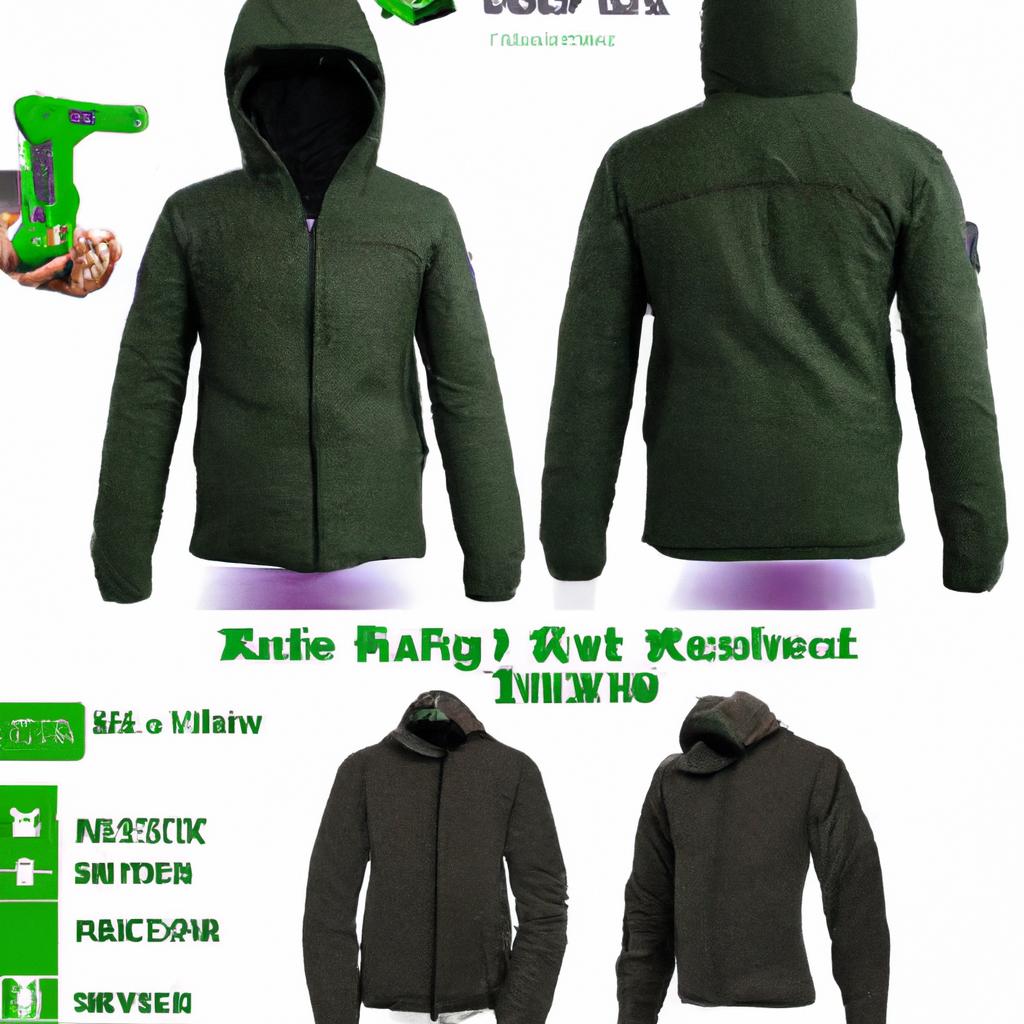 Dress to Impress: Essential Menswear for Every Weather Condition
Dress to Impress: Essential Menswear for Every Weather Condition